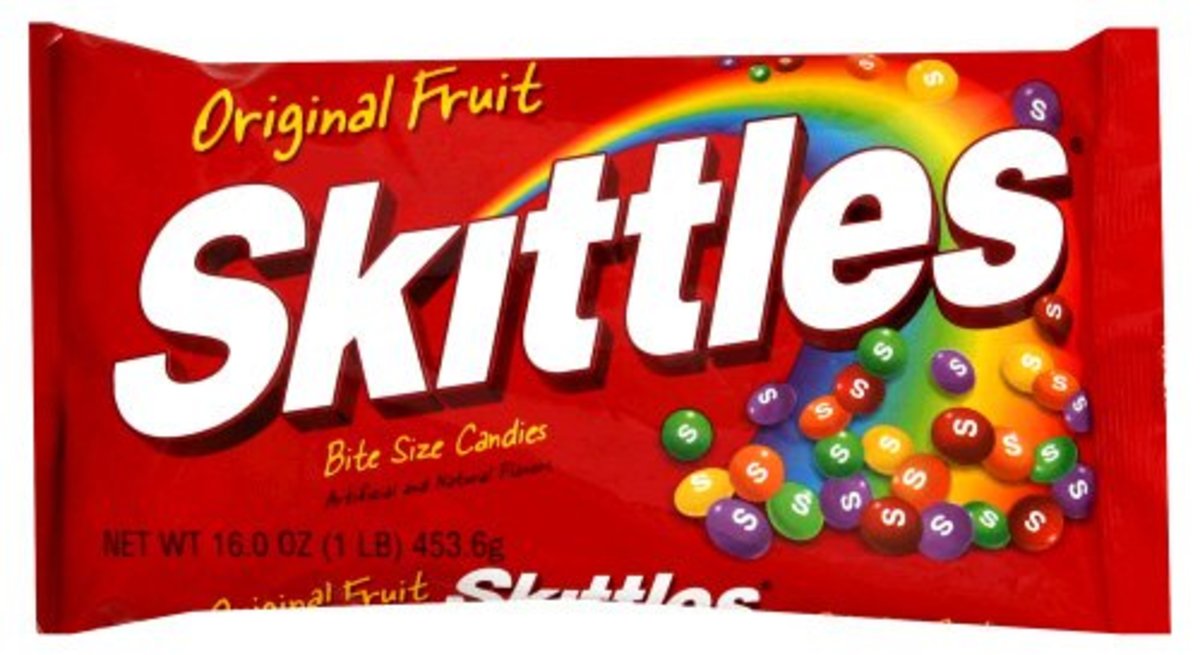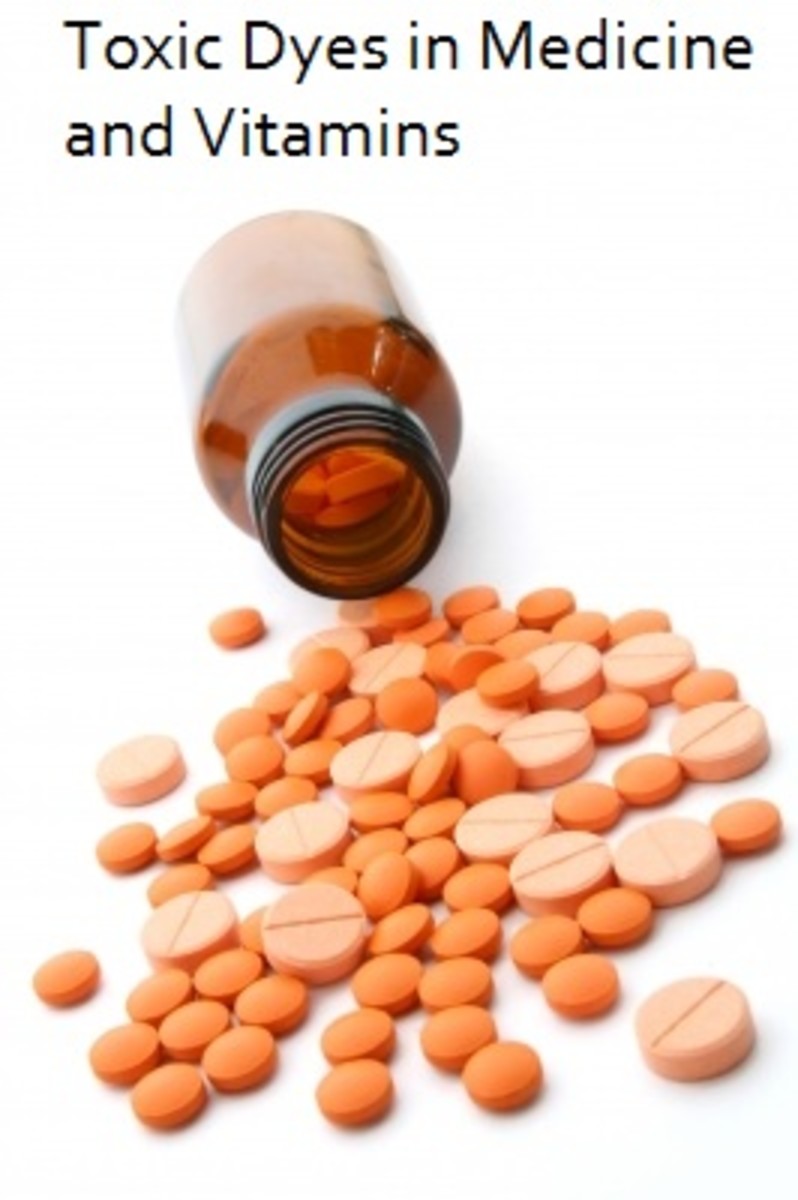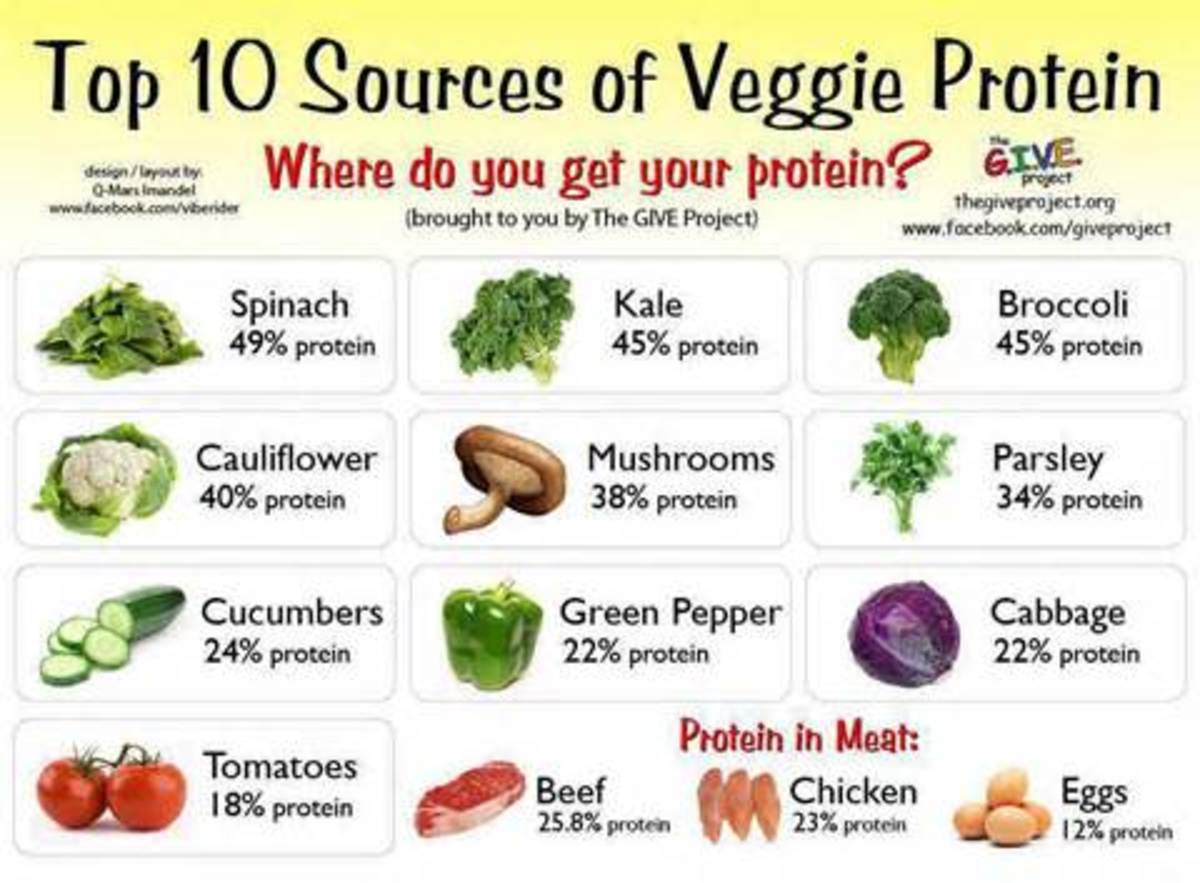Fake Food: Petroleum and Other Dangerous Non-Food ingredients in Our Food
Those of you who place your faith in the FDA (Food & Drug Administration) and believe they have your best interests at heart when it comes to the ingredients allowed in food are in for a shock. In this short article you will find 10 commonly used ingredients that are not only NOT food, but they are known to cause a host of side-effects and diseases.
1. Natural Flavors: Natural only in name, “natural flavors” are synthetically derived from petrochemicals. Despite the lack of studies, I’m sure nothing good can come from consuming petroleum byproducts. Used in thousand of food products, from junk food to bread, to foods in the healthy food aisle of the supermarket.
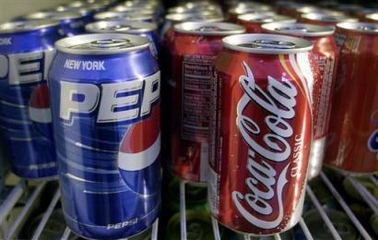
2. Artificial flavors:A synthetic mixture not found in nature, designed to mimic a natural flavor. May contain MSG.
Health effects: Unknown. Companies are not required to identify the various synthetic mixtures (1,700 to date) used in foods, requiring only that they be listed under the umbrella of the “artificial flavors” listing. Some individuals are sensitive to artificial flavors, experiencing headaches, nausea, and drowsiness, among other symptoms. An artificial flavor may be made up of hundreds of synthetic chemicals Artificial flavors sample list:benzyl isobutyrate, ethyl acetate, ethyl methylphenylglycidate (petroleum derivative), methyl benzoate (petroleum derivative), hydroxyphenyl-2-butanone. An artificial flavor may be made up of any number of synthetic chemicals.
3. Artificial colors: Nine food colorings are approved for use in food by the FDA. Two have very limited uses, while the other seven are commonly used in foods. Those seven are:
Blue No. 1, Blue No. 2, Green No. 3, Red No. 3, Red No. 40, Yellow No. 5, Yellow No. 6.
All of these food colorings are synthetic and made from coal tar. Coal tar is a brown or black thick liquid by-product of the coking process. Coking is the process of baking coal to drive off volatile matter such as water and coal tar. Coal tar, the by-product, is then used to make food dyes, adhesives, insecticides, phenols (used to embalm cadavers for study), woodworking, and synthetic flavors, among other things. It is number 118 on the CERCLA Priority List of Hazardous Substances (http://www.atsdr.cdc.gov/cercla/07list.html).
Health effects:Coal tar colors are potential cancer causing agents, known to cause cancer in animals, and coal tar is a known carcinogen. Other effects include asthma, hives, hay fever, hyperactivity, heart problems, kidney & liver damage, birth defects in animal studies, may affect liver, kidneys, reproduction, heart, learning difficulties, depression, headaches, behavioral problems, anaphylaxis, aggressive behavior, insomnia, confusion, eczema, abdominal pains.
FD and C Lakes
FD and C lakes are pigments manufactured to make insoluble colors. This is done by combining FD and C colors with a form of aluminum or calcium. FD and C yellow no. 5 Aluminum Lake and Red no. 40 Calcium Lake are some examples.
Health Risks: Ingestion of aluminum has been linked with lung & kidney disorders, and reduced skeletal mineralization. Alzheimer’s victims have been found with aluminum deposits in their brains, implicating aluminum as a factor in Alzheimer’s disease.
4. Phosphoric Acid:A colorless, odorless solution made from phosphate rock. Most commonly used in colas such as Coca-Cola & Pepsi.
Health effects: May lead to calcium loss in bones and tooth erosion. Eye, skin, throat, nose, and respiratory irritant. Can cause osteoporosis. Linked to kidney damage and kidney stones.
*A corrosive, used to remove rust.
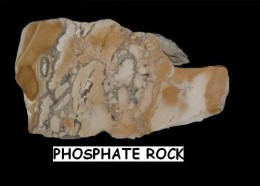
5. Aspartame:Artificial sweetener. Made from aspartic acid and phenylalanine. Commonly used in diet sodas such as Diet Coke.
Health effects:Studies link it to cancer in rats. May cause neurological and behavioral issues. Reported symptoms include irritability, headaches, insomnia, hyperactivity, seizures, memory loss, migraines, depression, vision problems, memory loss. Should be avoided by those with the genetic disorder phenylketonuria.
6. Calcium disodium EDTA:A preservative and sequestrant. A synthetic antioxidant.
Health effects:May be a teratogenic (that which interferes with normal embryonic development). May affect liver, cause muscle cramps, blood in urine, kidney damage, and intestinal upsets.
7. Calcium saccharin:(Known also as saccharin) Artificial sweetener. Coal tar derivative. Banned in Canada since the 70’s.
Health effects:Suspected carcinogen, animals developed tumors in tests. May cause diarrhea, eczema, hives, headaches, reproductive toxicity, suspected mutagenic.
8. Sucralose:(Also known as Splenda) Chlorinated artificial sweetener.
Health effects:May cause migraines. Kidney and thymus shrinkage occurred in animal tests. A Japanese university research showed DNA damage in the gut of mice. A reduction in beneficial gut bacteria has also been shown.
9. Sulfur dioxide: Made by burning sulfur. Commonly used in dried fruits, beer, wine, pickles and soft drinks. Its use on fresh fruits and vegetables was banned in 1986 after severe reactions were reported. The FDA recognizes 17 deaths as possible reactions to sulfites.
Health effects: Asthma, bronchospasms, breathing difficulties, hives, bronchitis, cardiovascular, gastrointestinal, liver and neural toxicity.
10. Aluminum and its derivatives (aluminum ammonium sulfate, aluminum hydroxide, aluminum potassium sulfate, aluminum sulfate, aluminum monostearate, etc)Commonly used in baking powder, baked goods, pickles, cheese cereal, sugar.
Health effects: Linked to Alzheimer’s. Aluminum deposits have been found in the brains of Alzheimer’s victims. Ingestion can lead to lung and kidney disorders. It’s banning has been recommended by the European Parliament, but as of this date, no action has been taken.
What can you do? Not wait for the FDA to act, that's for sure. Read the labels and educate your friends and family. The only real way to affect change with the companies that use these dangerous ingredients is to not buy their dangerous products.


